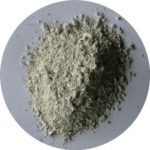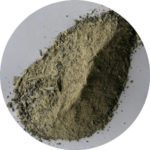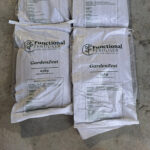From Peter Burton
Change is inevitable, and we are entering an era of unprecedented change with currently accepted farming practises under review with wide-spread reform already underway.
Unfortunately, fundamental change doesn’t happen on a slow and steady basis, it’s nearly always abrupt resulting in major upheaval.
The change from horse drawn transport to the motor car is a case in point. It was started by visionary and entrepreneurial people and initially met with fierce resistance from the masses.
The livelihoods of those supplying horses, along with tradespeople making and servicing carts and carriages were seriously threatened.
Ultimately it’s about people and we love our routines and accepted ways of doing things, as we should. Too much change leads to the breakdown of communities with families under intense pressure.
To answer the question posed, it appears that those asking for science to lead the way are those who have benefitted most from the structures that have operated over the last 30 years, and therefore most threatened by structural change.
Broadly, science is knowledge and everything we regard as fact will change. As we observe and measure, our knowledge changes, and science follows.
In agriculture, change has always been driven by observation in the field and with accurate long- term measures changes in farming practises have evolved.
Bill Gallagher was an engineer who, in the 1950s, saw the advantage in using electricity to control animals and developed the first electric fence units, and along with standards and flexible wire pasture management was revolutionised.
We are adaptable and when the requirement for change is accepted most knuckle down and get on with the process that best suits the result desired.
To appreciate the soil fertility changes demanded by future standards it’s essential to know a little of the history of current practise.
Phosphate was first extensively used after the Second World War. A plentiful supply of high-grade low-cost phosphate was available from Nauru and Christmas Island and New Zealand soils required extra phosphorus for strong clover growth.
Results were outstanding with pasture production of 17,000kgDM/ha achieved and a ‘more rather than less’ mentality developed. In the 1980’s the culture of excess phosphate seen as ‘money in the bank’ persisted.
Potassium provided further increases and banks readily provided money for capital fertiliser. Pasture responses to extra P & K steadily declined and when the ammonia urea plant in Taranaki opened in 1987, urea became the next big thing.
What started as a little to fill unexpected feed gaps and boost winter growth steadily grew to regular inputs throughout the growing season with more than 200kg/ha often applied annually to many dairy farms.
It’s interesting that total pasture production has not increased, instead pasture production is now between 14,000 – 15,000kgDM/ha in many regions, a 15% reduction in the last 50 years.
There are however properties where grazed permanent pasture is regularly exceeding 18,000kgDM/ha per year. These properties are not dependent on fertiliser nitrogen and input seldom exceeds 30kgN/ha in a twelve-month period.
Measuring of pasture growth has taken place monthly using the same methods traditionally used by MAF and therefore relatable to earlier measures.
With over 15 years of continuous monitoring, and verified by farm production data, no-one argues the accuracy of the data, it’s just a matter of it being outside the norm and therefore as yet not universally accepted.
Aside from the extra growth there are the benefits of lower cost, higher production, and less N loss that will be detailed in next month’s article.




